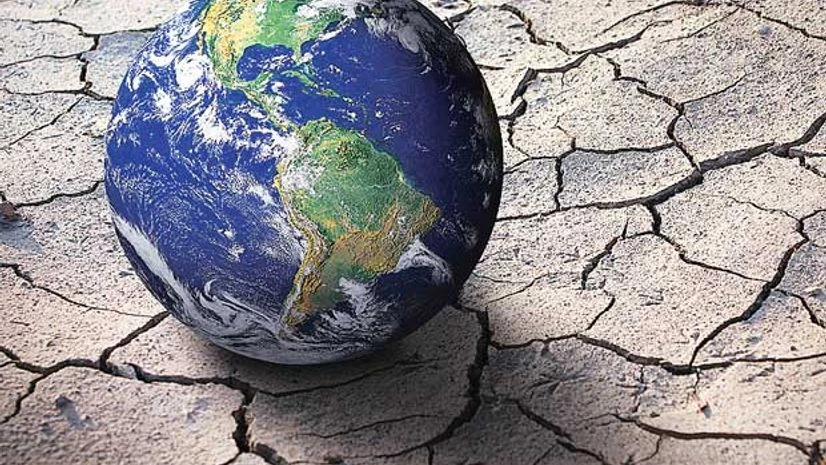The amount of sea level rise in the Pacific Ocean can be used to estimate future global surface temperatures, a new study has found.
Based on the Pacific Ocean's sea level in 2015, researchers estimate that by the end of this year, the world's average surface temperature will increase up to 0.28 degrees Celsius more than in 2014.
In 2015 alone, the average global surface temperature increased by 0.18 degrees Celsius, researchers said.
Also Read
"Our prediction is through the end of 2016. The prediction is looking on target so far," said Cheryl Peyser from University of Arizona (UA) in the US.
Previously, scientists knew that both the rate at which global surface temperature is rising and sea level in the western Pacific varied, but had not connected the two phenomena.
"We are using sea level in a different way, by using the pattern of sea level changes in the Pacific to look at global surface temperatures and this has not been done before," said Peyser.
Researchers used measurements of sea level changes taken by NASA/NOAA/European satellites starting in 1993.
"Using sea surface height rather than sea surface temperatures provides a more accurate reflection of the heat stored in the entire water column," said Jianjun Yin, a professor at UA.
"We are the first to use sea level observations to quantify the global surface temperature variability," said Yin.
Researchers found when sea level in the western Pacific rises more than average, as it did from 1998 to 2012, the rise in global surface temperatures slows.
In contrast, when sea level drops in the western Pacific but increases in the eastern Pacific as it did in 2015, global surface temperatures bump up because the heat stored in the ocean is released, said Yin.
Peyser used state-of-the-art climate models that show what the climate system would do in the absence of global warming.
The models showed that changes in sea level in the western Pacific were correlated with changes in global surface temperature.
Verifying the correlation allowed researchers to calculate the numerical relationship between amount of tilt and global surface temperature.
Once researchers had the correlation, they used actual Pacific sea level data from satellites to calculate the Pacific Ocean's contribution to global surface temperature.
"What I found was that during years when the tilt was steep in the western Pacific, global average temperature was cooler. And when the seesaw is tilted more towards the eastern Pacific, it is warmer," said Peyser.
The findings were published in the journal Geophysical Research Letters.

)
